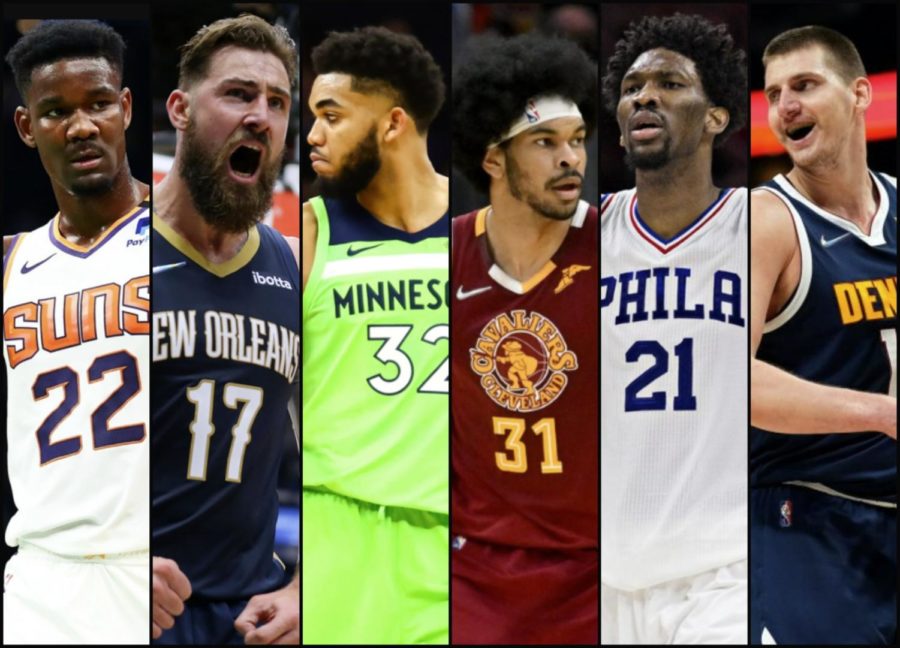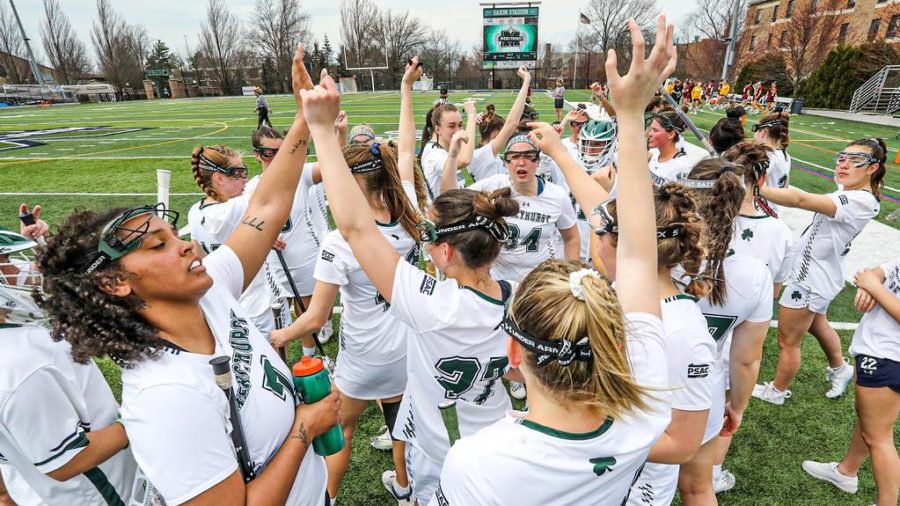Mercyhurst College just finished celebrating the renowned tradition of Homecoming, a weekend when alumni come back to remember the glory days, take in the football game, or get as drunk and disorderly as possible without any chance of reprisal.
This event centers on the crowning of the Homecoming King and Queen, arguably the highest positions any one male and female student can gain at Mercyhurst.
The half-time celebration supposedly has its roots in the football games of yesteryear, with some claiming that the University of Missouri, the University of Illinois or Baylor University started the practice.
One Mercyhurst student says Homecoming began thousands of years before Americans declared it their own.
Senior Surafel Mulugeta, the only Ethiopian student on campus, recalls that Homecoming began as an Ethiopian hunting tradition in prehistoric Africa.
“In what was a traditional welcome home ceremony, the man with the largest gemsbok (it’s a real animal I promise) horns as his trophy would get to claim the opportunity to court a woman of his choosing,” Mulugeta said.
This practice was quite common and used by many ancient tribes.
When slaves were transported across the Atlantic Ocean in the 1800’s, the tradition nearly died out. However, the tribesmen kept the memory of these ceremonies bright despite the injustice occurring around them.
Like many ethnically rich customs, the hunting expedition homecoming party was Americanized in the crudest of ways, losing almost all of its original meaning.
Without African mammals to hunt, the men competed in primitive sporting events, with the winners able to court the fairest woman on the plantation.
This new convention caught on rapidly with other groups of people as slaves were transported to and from the Southern states, eventually catching the eyes of the owners, who adopted the practice for their own.
Over time, winning a sporting event was seen as hardly a reasonable way to begin a romantic relationship, so the opportunity for marriage as prize lessened, giving way to the modern trophies of today.
Still, the players liked the competition so much that they would not let the spirit of the event die out. Football came to be the most logical choice of sport.
There are four quarters in football, and four legs on a gemsbok. The hunters would wear the horns on their heads as protective gear, much like helmets in football. The women of the tribe would dance and sing when the hunting party returned after a successful expedition (Cheerleaders after a touchdown, anyone?).
Next year, when Homecoming weekend comes around, you’ll know the alleged back story and be able to appreciate the supposed roots of this time-honored tradition.
Fortunately, the football team didn’t celebrate their win by killing all the llamas on campus, as is customary.






